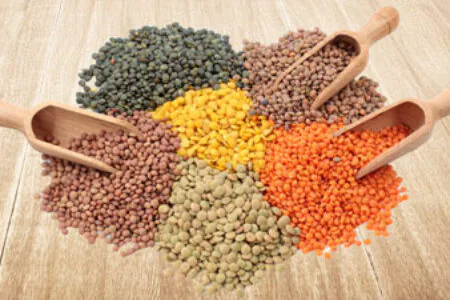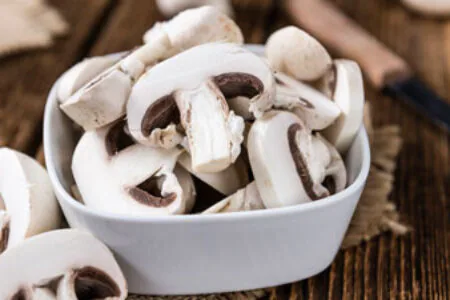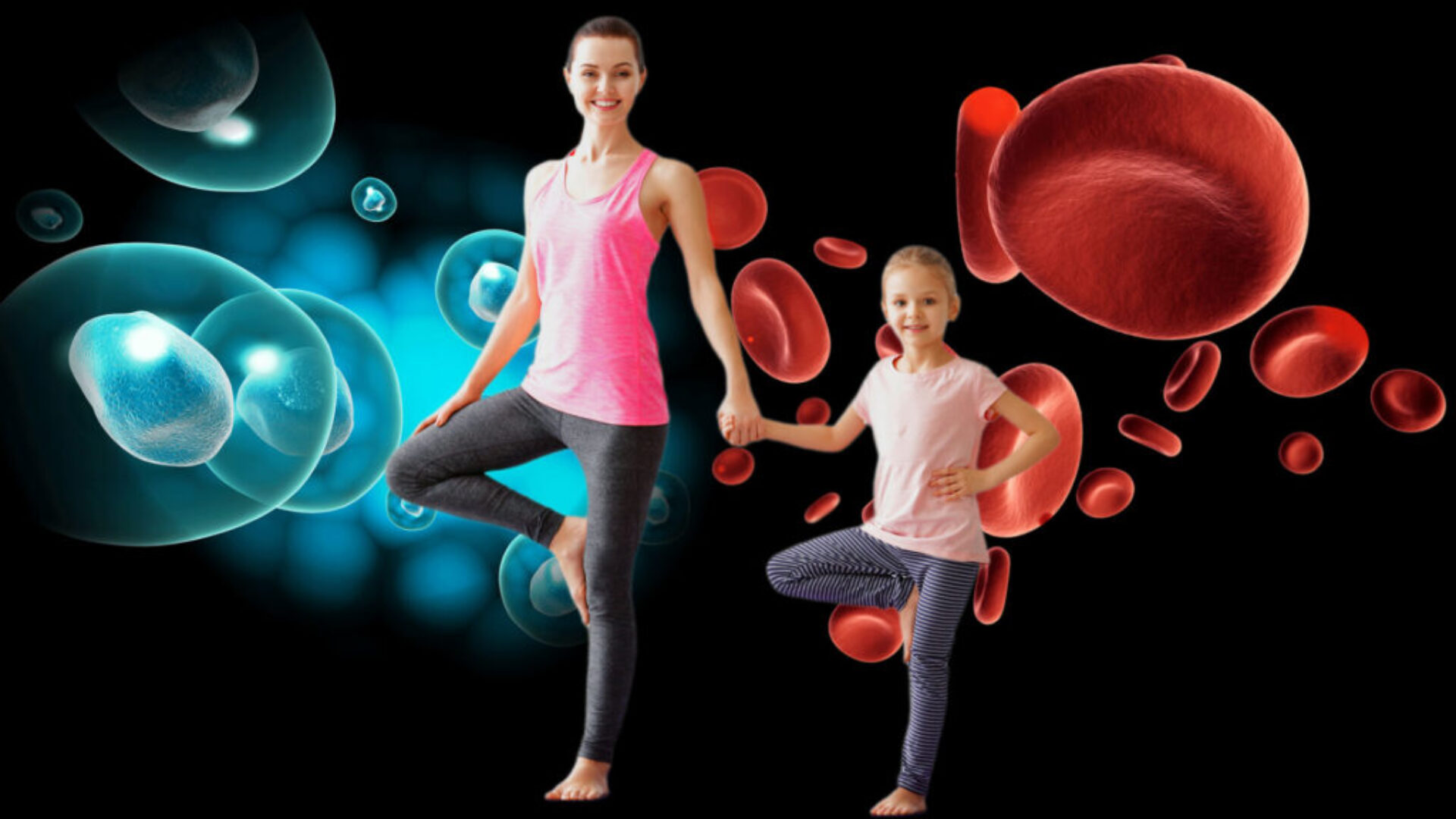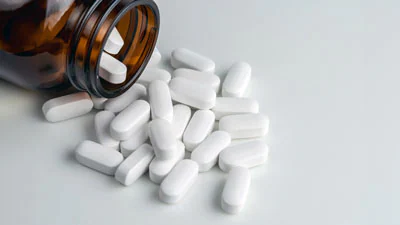
People switching to a plant-based diet are often concerned about their iron intake, and with good reason. 27% of the global population experiences iron-deficiency anemia, making this the most common nutrient deficiency worldwide. Those at higher risk include infants, older people, and women during menstruation and pregnancy.
Iron deficiency is not to be taken lightly. It can hurt the cognitive development of infants, children, and teenagers. In pregnant people, it can lead to preterm delivery and low birth weight. In adults in general, symptoms include restless legs syndrome, fatigue, weakness, and trouble concentrating.
A lot of people believe that the answer to this is eating red meat, but as you’ll see below, that’s not really the case. And, in fact, getting excessive iron from animal-based sources can lead to toxicity that could result in colorectal cancer or neurodegenerative diseases like Parkinson’s disease and Alzheimer’s disease.
We can get all the iron we need from plants, but we do need to pay attention to what we eat and how we balance our meals.
Iron Absorption
Adult men need to absorb about 1 mg a day. Adult women in their menstruating age need to absorb 1.5 mg a day. However, you will notice that the Daily Value (general intake recommendation) is 18 mg a day. This is because we do not absorb all the iron we eat, regardless of the source.
There are two types: heme iron (found in animal blood) and non-heme iron (found in plants). For people not following a whole-food, plant-based diet, the absorption rates are 25-30% from meat, 7-9% from leafy greens, 4% from grains and 2% from legumes. This sounds very discouraging if you are planning to get all your iron from plant sources. But here’s the thing, these rates change dramatically once we grow more of the gut bacteria that is able to break down plant phytates. See, these phytates bind to iron, and if we don’t have the gut bacteria to break them down, then we simply can’t get to most of this iron. But, the more phytate-rich foods we eat, the more phytate-loving gut bacteria we grow, and the more iron we end up absorbing. Plus, a little extra plant-knowledge goes a long way.
Discover your top whole-food, plant-based sources of this key nutrient below, try our personalized nutrition calculator, learn how our body uses this mineral, and read important information on how to increase your absorption from plants.
Top Whole, Plant-Based Iron Sources
Hover over each food below to see how much iron you can get with one serving. Click on each food’s picture to visit its interactive page with a personalized calculator of all the nutrition you can get from one serving, more information about how it supports our body, tips to choose and prepare it, interesting facts, and more!

Lentils
1 cup cooked = 6.59 mg

Oats
1 cup dry = 3.44 mg

White Beans
1 cup cooked = 6.62 mg

Spinach
1 cup cooked = 6.43 mg

Pumpkin Seeds
1/4 c dried kernels = 3 mg

White Mushrooms
1 c cooked = 2.71 mg

Soybeans
Mature 1 c cooked = 8.84 mg

Nutritional Yeast
1 Tbs non-fortified = 3.8 mg
Iron Personalized Calculator
See how much of this nutrient you and your family members need, according to the Dietary Guidelines for Americans, 2020-2025.
Terminology:
- Daily Value (DV): The recommended amount of nutrients to consume each day for individuals who are 4 years old or older.
- Recommended Daily Allowance (RDA): The recommended amount of nutrients to consume each day according to the individual’s age, gender, and whether a woman is pregnant or breastfeeding.
- Upper Intake Level (UL): The highest amount of nutrient intake that will not pose adverse health effects on most individuals.
How Our Body Uses Iron
70% of the iron in our body binds to hemoglobin, the pigment that makes our blood red. The remaining 30% binds to proteins or is stored in our cells. Hover over each pointer below for more details on how our body uses iron. Click on the pointer to visit the specific body part’s interactive page to discover what other nutrients support it, the best sources to find them, and other interesting facts.
Important Things to Know
Comparison of Iron Sources
You may be wondering about other potential sources, such as supplements and meat. Below we make a quick and simple comparison between the three choices, including absorption rates for each and the risks found in non whole-foods, plant-based options.











